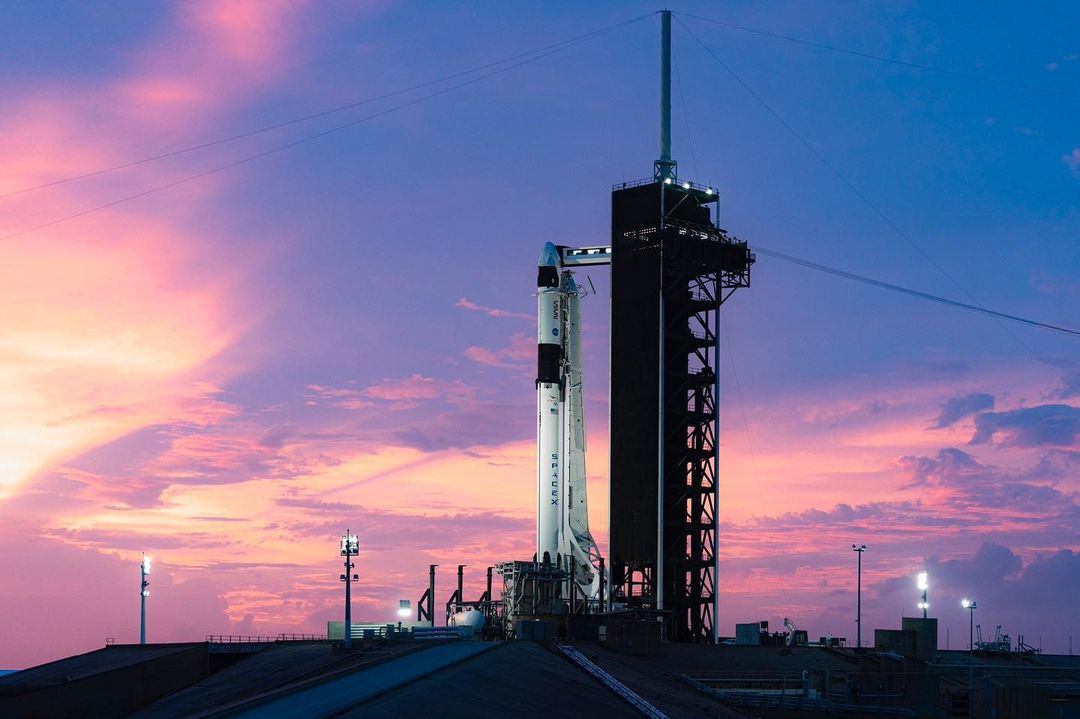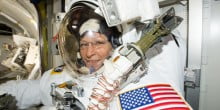The much anticipated and long-held project has finally been executed successfully. SpaceX and NASA have launched the Dragon’s first operational crew mission (Crew-1) to the International Space Station (ISS) from the Kennedy Space Center, Florida.
The Spacecraft lifted off at 7:27 PM ET on the top of SpaceX’s Falcon 9 rocket, which acted as a booster and later landed on a barge in the Atlantic Ocean. The booster is kept preserved to be used again in the launch of Crew-2 Mission in spring 2021. The Crew Dragon capsule will remain in space till one and then specifically designed to automatically dock in the ISS on Monday at 11 PM ET.
The flight operation referred to as Crew-1 Mission is intended to provide operational clearance to SpaceX’s plan to send people to space and bring them back afterward, making it a complete journey for them. The Crew Dragon capsule was carrying four astronauts from the NASA and Japanese Aerospace Exploration Agency, JAXA. The astronauts’ names areMike Hopkins, Victor Glover, and Shannon Walker (from NASA), and Soichi Noguchi (JAXA).
Referring to the name of Resilience, the title assigned to the Crew Dragon capsule, Mike Hopkins said before the launch,
“By working together through these difficult times, you’ve inspired the nation, the world, and in no small part, the name of this incredible vehicle, Resilience; now it’s time for us to do our part.”
The crew will conduct a series of science and maintenance tests in their six months’ stay aboard the orbiting laboratory. The Crew-1 is specifically designed to remain intact in space for at least 210 days.
In the six months mission, the crew will mainly work on the science and research findings that deals with a wide range of subjects mainly including,
- The study of tissue chips that imitate the structure and function of human organs in order to understand the role of microgravity in human health and diseases and to translate these results into improving human health on Earth.
- Growing radishes in different light types and soils as part of ongoing efforts to generate food in space.
- Testing a new method to remove heat from NASA’s next-generation spacesuit, the Exploration Extravehicular Mobility Unit (xEMU).
Having accomplished this groundbreaking launch, NASA engineers still tend to resort to a less-excited stance. By keeping an account of the previous unsuccessful adventures, Phil McAlister, director of commercial spaceflight at NASA, briefed the media at Kennedy Space Center.
“I think there’s a feeling that if we start just referring to these as operational that we won’t stay hungry — we won’t remain vigilant….I think what makes us nervous at NASA is that we don’t want to ever just declare victory and say we were done learning and get complacent.”




Share Your Thoughts